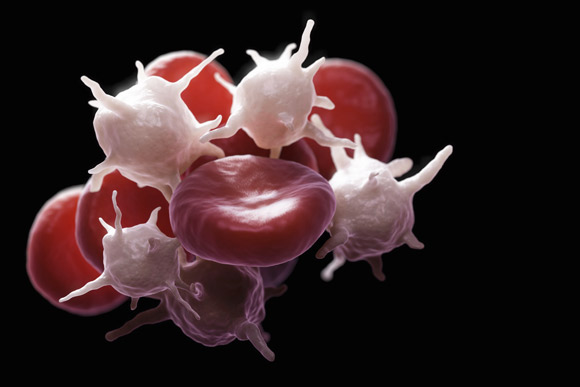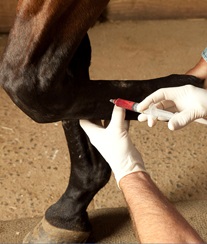Dissecting osteochondritis (OCD) in horses;
Semi-synthetic polysaccharide with xylan and a new regenerative peptide. Rejuvenate the horse joints. Reduces pain, swelling, stiff joints and inflammation, long-acting analgesic.
Semi-synthetic polysaccharide with xylan, is a hemicellulose derived from plants that has anti-inflammatory, anti-arthritic and chondroprotective activities.
comvinced with hyaluronic acid and GHRP, a new regenerative peptide. This new development for the treatment of arthritis is unique because, a difference from the injection of the real joint to obtain the best results, this variation is directed more effectively to the joints of the whole body through intravenous injection (IV) and articular (AI).
To improve joint function. Help with mobility and relieve pain associated with degenerative or traumatic joint arthritis • Recommended for healthy joint support
HOW DOES IT WORK? Once injected intravenously, it actively crosses the entire animal and targets specific joints with low quality or low levels of synovial fluid. Synovial fluid is a plasma dialysate modified by components secreted by joint tissues. The main difference between synovial fluid and other body fluids derived from plasma is the high content of hyaluronic acid (mucin) in synovial fluid. The lubrication of synovial surfaces by synovial fluid requires hyaluronic acid, this is due to the limiting phenomenon. The lubrication limit occurs when each bearing surface is coated or impregnated with a thin layer of lubricant that keeps the sliding surfaces separated, the ease of movement with a low coefficient of friction between the sliding surfaces. Hyaluronic acid adheres to synovial surfaces. The lubricating properties of synovial fluid in a soft tissue system are directly related to the concentration and molecular weight of hyaluronic acid, which also determines viscosity.

Osteochondritis (OCD) in Horses
Most positive effects of this treatment:
1. Stimulating the metabolism of chondrocytes: results in a higher production of proteoglycans and a healthy cartilage matrix. It stimulates synovial fibroblasts and produces a greater amount of high molecular weight hyaluronic acid that results in increased production of normally viscous joint fluid. Improving fluid volume and consistency results in more effective joint lubrication and stabilization, which limits additional cartilage damage.
2. Anti-inflammatory activity: it has an inhibitory action on all mediators of the arachidonic acid cascade, it also inhibits the lysosomal catabolic enzymes histamine, hyaluronidase, cathepsin B and polymorphonuclear elastase, specific inhibitory effect on mediators involved in the degradation of the components of the cartilage matrix, preserving the cartilage and thus preventing the release of highly inflammatory mediators, which relieves pain and inflammation.
3. Fibrinolysis and lipolysis: it is strongly fibrinolytic, stimulating the release of plasminogen activator and promotes the release of thrombus and fibrin deposits in synovial tissues and subchondral blood vessels. We also mobilize lipids and cholesterol in synovial and subchondral blood vessels, which have been implicated in the pathogenesis of osteoarthritis in older animals. These effects combine to increase the fusion prior to the joint, which stimulates healing and repair of the cartilage.
• Reduce pain, swelling, stiff joints and inflammation for a wide variety of injuries and conditions.
• Long acting analgesic
• Fast recovery from intense training exercise
• Anti-inflammatory activity
• Inhibition of neutrophil migration to the joint
. • Stimulation of the synthesis of hyaluronic acid by synovial fibroblasts, resulting in an increase in the volume and viscosity of synovial fluid.
• Stimulation of the synthesis of proteoglycans by chondrocytes.
• Fibrinolytic activity, which results in better circulation to the subchondral bone and periarticular structures.









No Comments